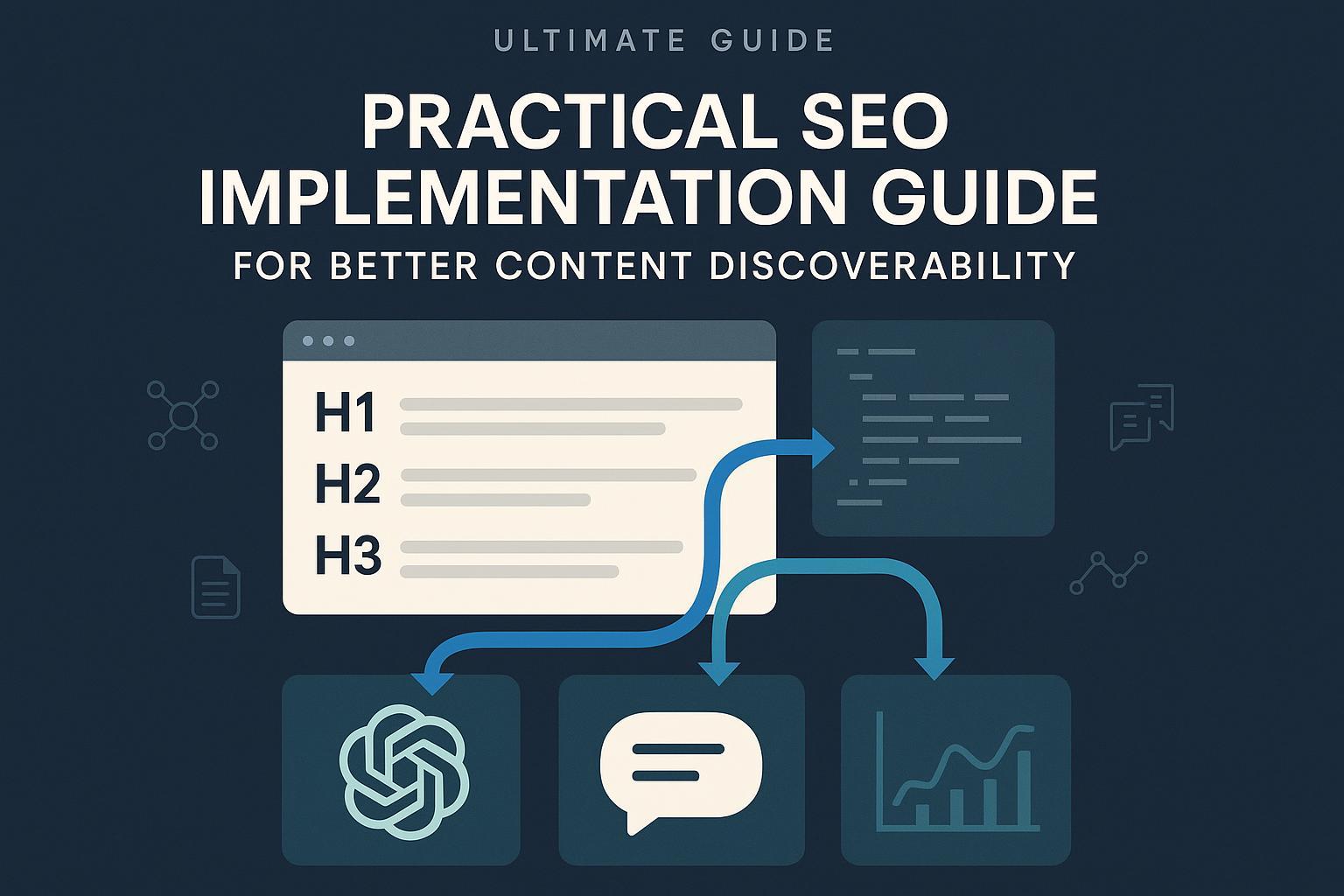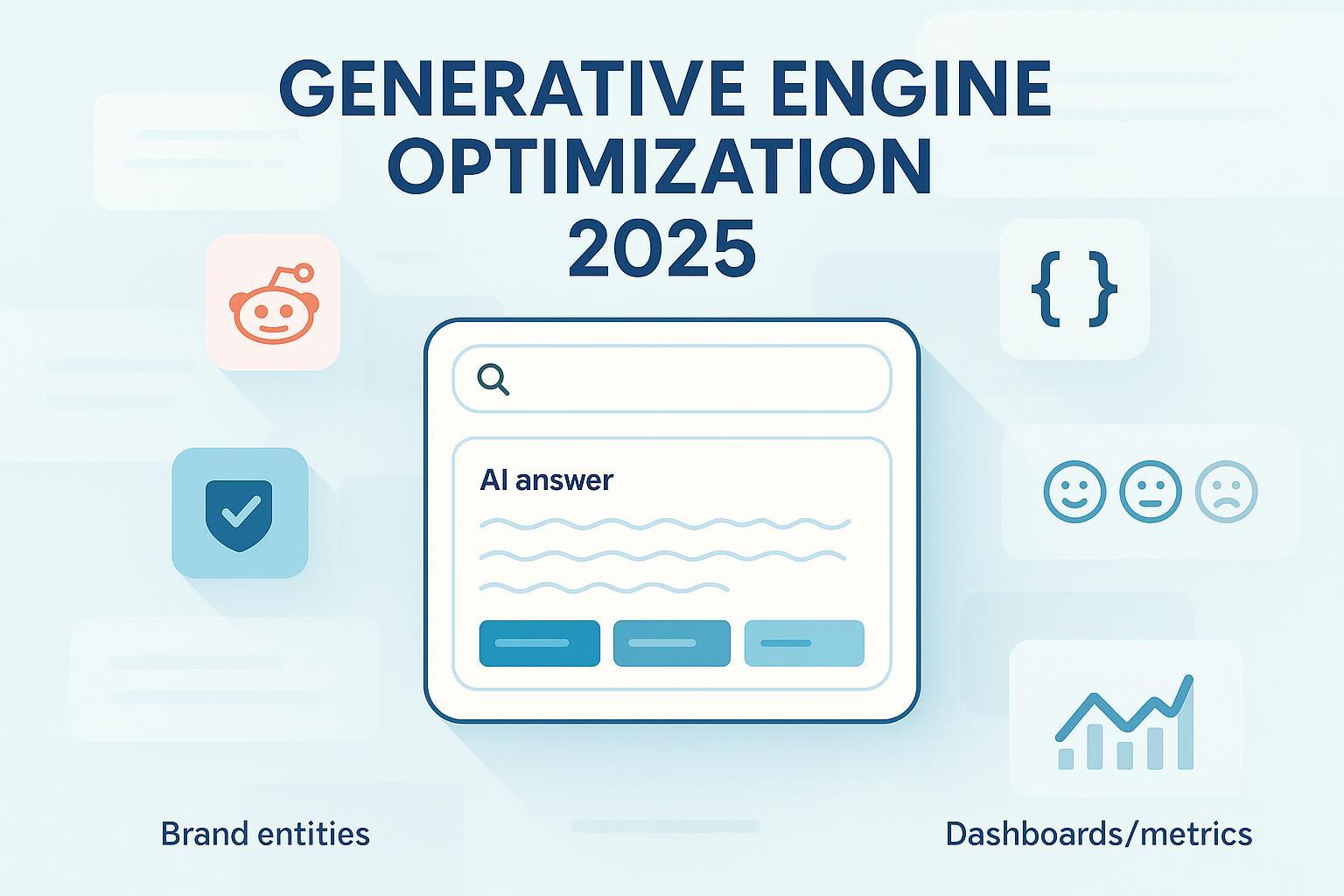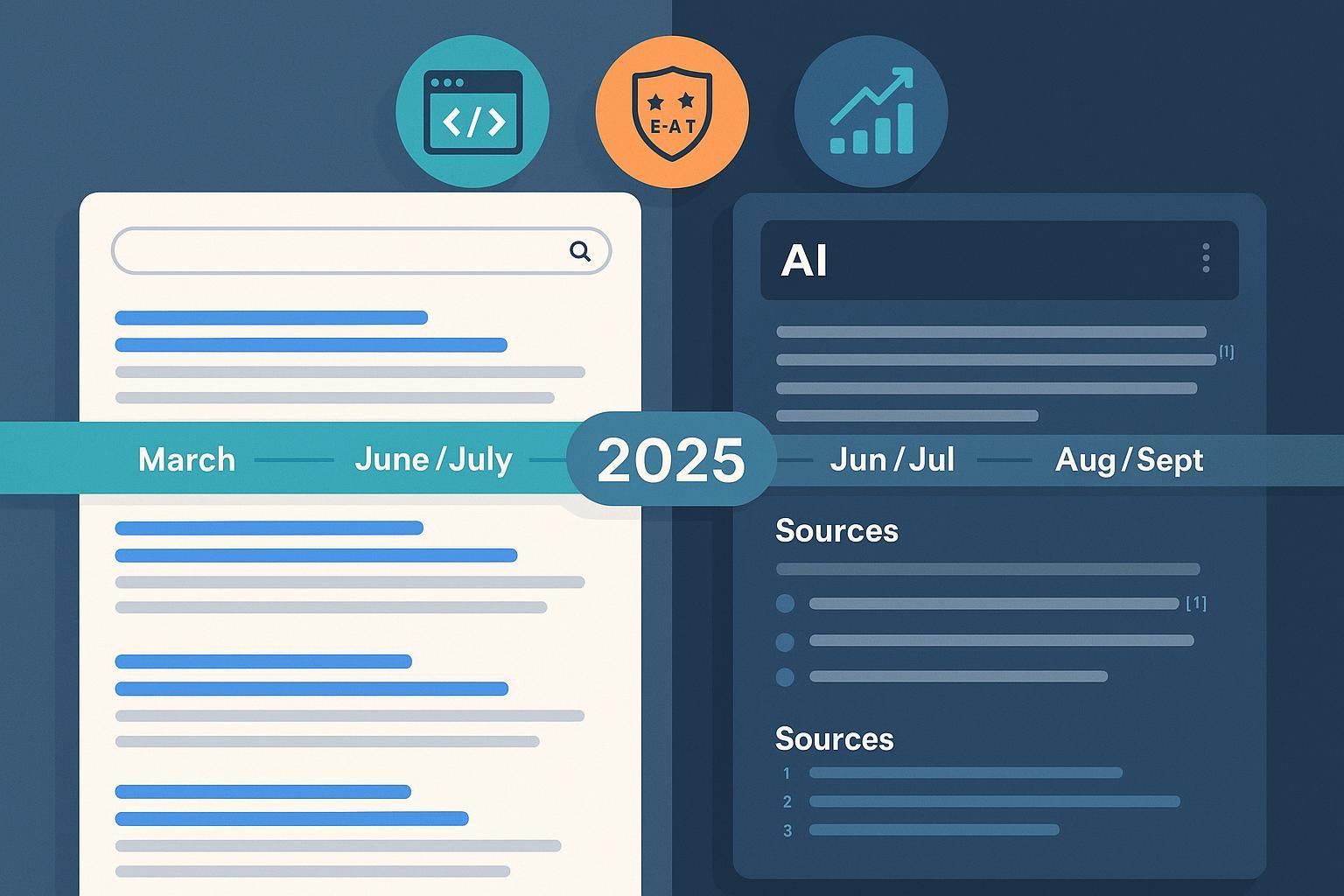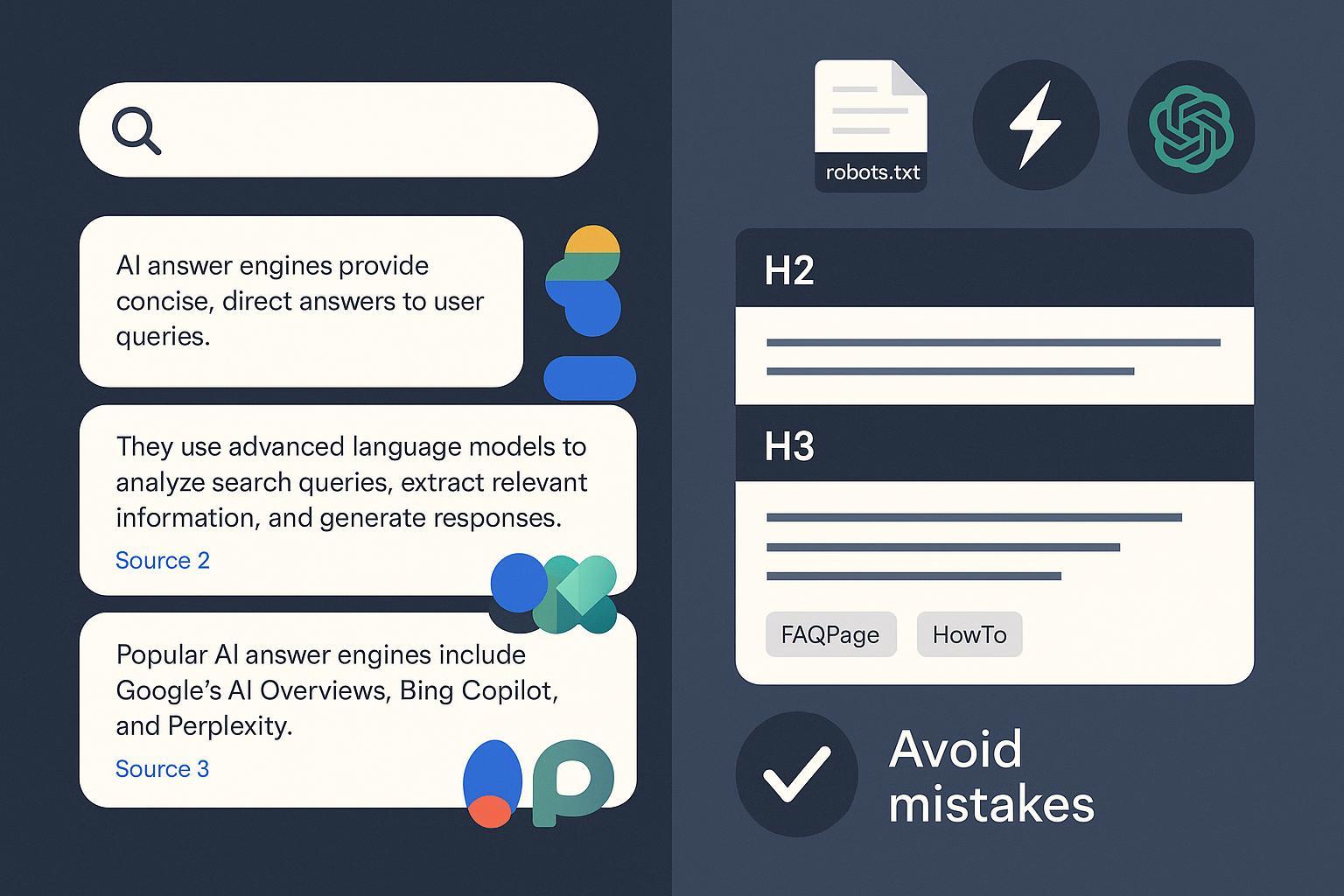AlphaSense–Carousel Acquisition: How 2025 M&A Is Shaping AI Marketing
Discover how AlphaSense’s acquisition of Carousel in 2025 transforms AI marketing workflows, Excel modeling, and GTM strategy. Read expert insights now.

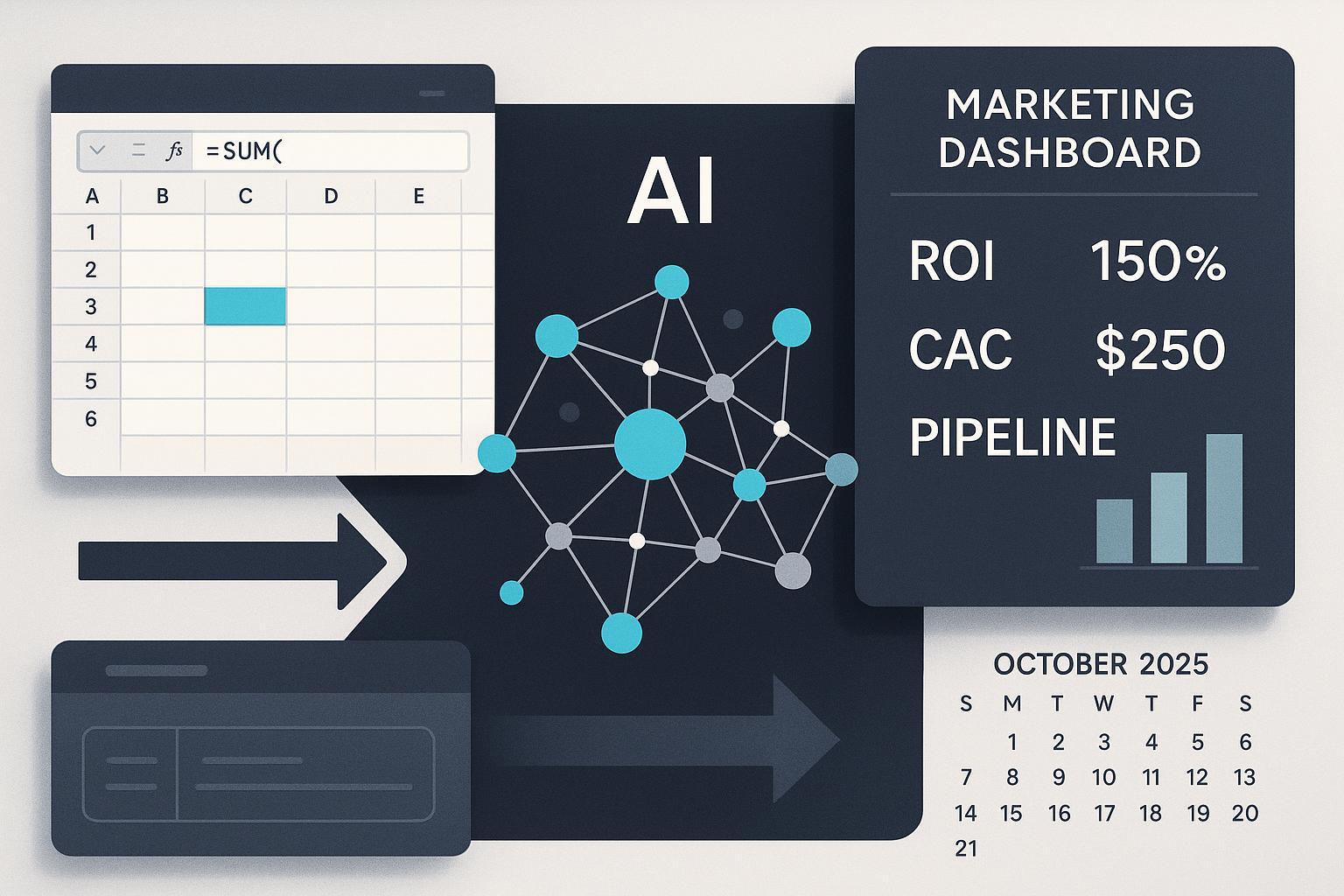
Marketers are watching a new kind of consolidation: not just more AI features, but tighter bridges between research, modeling, and activation. The latest signal arrived on October 7, 2025, when AlphaSense announced it will integrate Carousel’s Excel-native, AI-driven modeling into its intelligence platform. For go-to-market leaders, the implication is clear: spreadsheet-native AI is moving from finance into GTM planning, speeding up scenario modeling and making budget decisions more explainable.
This matters because the “where work already happens” effect is powerful. Rather than asking teams to adopt another net-new app, the AI shows up in Excel—where annual plans, ROI worksheets, and pivot thresholds already live. When paired with trustworthy source material, the path from external signal to marketing action compresses dramatically.
What happened (and why it’s different)
On October 7, 2025, AlphaSense announced the acquisition of Carousel at its customer conference, positioning it as an expansion from documents and financial data into dynamic Excel models. According to the company’s official announcement in the AlphaSense press release (2025), the integration aims to create a “new standard of unified intelligence” that connects documents, financials, and dynamic models.
On the same day, AlphaSense also disclosed crossing a revenue milestone, noting it had surpassed $500M in ARR—context for the scale and velocity of adoption the company is seeing in applied AI workflows, as reported in PR Newswire’s ARR communication (2025).
What Carousel specifically brings is Excel-native automation and explainability. The Y Combinator profile describes features such as conversational model building, automatic document-to-cell extraction with citations, and plain-English formula walkthroughs—see the Y Combinator profile of Carousel Technologies (2024–2025) for capability details. Early media framing paints this as an acceleration of analyst-grade modeling; for example, Digitalisation World’s coverage (2025) highlights enhanced financial modeling and workflow speed.
Why this is different for marketers: the modeling engine lives inside Excel—the same place GTM teams stress-test budget reallocations, CAC sensitivity, and pipeline impacts. And AlphaSense’s positioning emphasizes pairing modeling with premium documents and structured data, which can boost trust in inputs used for marketing decisions.
Why this matters for AI marketing and GTM
- The Excel effect: Embedding AI in Excel removes friction and enables faster iteration on GTM scenarios. When market signals land—competitor pricing moves, macro demand shifts, or buyer sentiment changes—teams can update assumptions in familiar sheets and see impacts on CAC, pipeline, and ROI.
- From research to activation: AlphaSense’s framing—documents → financial data → dynamic models—suggests a single loop from signal discovery to decision. That loop is essential for marketing agility: research informs models; models trigger campaigns and budgets.
- Governance and explainability: Carousel’s “Model Walkthrough” concept (plain-language formula explanations) maps to auditability. Versioned, explainable models are easier to review with finance, product, and leadership, reducing the “black box” problem that slows AI adoption.
If you’re building or maintaining GTM models already, the promise is less tool-switching, more provable lineage, and faster cross-functional sign-off.
Consolidation signals beyond this deal
The AlphaSense–Carousel move sits within a wider pattern. In 2024–2025, martech and adjacent intelligence platforms have been buying depth rather than breadth. In social and influencer workflows, for instance, Sprout Social fully absorbed Tagger into a rebranded, integrated offering—see Sprout Social’s investor announcement (2025).
At the macro level, legal and M&A advisors have tracked rising AI-related dealmaking. Dentons notes that acquiring AI capabilities and talent is a priority for many corporate buyers in the next 12–36 months; see Dentons’ AI trends for 2025. Inside the marketing tech stack, the 2025 landscape shows churn plus modest net growth, with AI embedded across categories and pressure for interoperability—see Chiefmartec’s 2025 landscape commentary.
The throughline: platforms are stitching together research, modeling, and activation to offer end-to-end, explainable workflows. That’s good for speed, but it raises questions about vendor lock-in, data portability, and governance.
A pragmatic workflow marketers can run now
Use this as a vendor-neutral operational blueprint you can implement today, regardless of your tool mix.
- Intake: Define the hypotheses you need to test
- Examples: “Competitor X cut list prices 12%,” “Paid social CPMs rose 18%,” “Win rates dipped 3 points in enterprise.”
- Map each hypothesis to credible sources: earnings calls, filings, premium research documents, analyst notes, customer interviews, and social/influencer signals.
- Modeling: Build a lightweight, explainable ROI model
- Keep assumptions explicit in dedicated cells; label every driver and document its provenance. If your GTM team needs a primer on how analytics connects to business impact, see this internal explainer on AI tools analyze sales content performance.
- Favor Excel or Google Sheets for transparency and adoption. Use plain-language comments to explain formulas and scenario logic.
- Decision gates: Pre-define triggers for pivots
- Establish thresholds like “If blended CAC rises >10% for two consecutive weeks, pause lower-ROAS channels and reallocate to high-intent search.”
- Convert triggers into if/then rules inside the model so they’re reviewable.
- Governance: Versioning, review cadence, and auditability
- Maintain a change-log tied to model versions and new signals. Assign owners for data sources and model updates.
- Schedule weekly reviews for the first month after a major market move; then taper to biweekly or monthly.
Scenario triggers table (example)
| Signal observed | Model input to adjust | Trigger threshold | Marketing action |
|---|---|---|---|
| Competitor price cut | Competitive price delta | ≥ 10% reduction | Update pricing scenarios; spin up value-defense messaging; test offer bundles |
| Paid social CPM spike | CPM assumption | ≥ 15% increase week-over-week | Shift 20–30% budget to search/affiliate; refresh creative with CTR-optimized variants |
| Organic share loss on strategic keyword | CTR/position in model | Drop of ≥ 0.5 positions over 2 weeks | Accelerate content refresh; add internal linking; deploy digital PR tactic |
Example: Operationalizing rapid updates with QuickCreator
- You can centralize your change-log and streamline refreshes of public-facing analyses using QuickCreator. Disclosure: QuickCreator is our product.
- How this fits the workflow:
- Draft and update analyses with AI assistance tied to real-time knowledge and SERP signals.
- Publish updates to your blog or WordPress in one click, aligning with your weekly review cadence.
- Use built-in SEO optimization to reflect new keywords and questions surging around the trend.
- Coordinate across contributors with collaborative editing and simple versioning notes.
Keep this example optional—your stack may differ—but the principle stands: make the “signal → model → public update” loop fast and auditable.
For a deeper dive into cadence and governance, see our internal guide to AI content marketing campaign best practices.
How to evaluate post-acquisition platforms (vendor-neutral)
Use this checklist during procurement or renewal cycles:
- Transparency and explainability: Do models come with plain-language walkthroughs and clear assumptions? Can you see exactly which inputs drive the outputs?
- Coverage and data quality: Do you get access to the documents and structured data most relevant to your GTM decisions (e.g., filings, earnings call transcripts, premium sector models)?
- Interoperability: Can you export to your BI, CRM, and ad platforms? Is there a documented way to avoid lock-in if you need to switch later?
- Security and compliance: Role-based access, audit logs, and lineage for who changed what, when.
- Evidence: Are there customer stories with measurable outcomes or third-party validations relevant to marketing—not only finance?
If you’re still scanning the landscape for complementary tools and want an overview without vendor hype, you can review this neutral comparison of AI content strategy tools.
What to watch next (near-term predictions)
- Inside-the-tool AI will keep expanding: Expect more Excel, Sheets, and PowerPoint-native copilots aimed at planning and storytelling.
- Data plus domain context will win: Combining generative modeling with premium, decision-grade data should reduce hallucinations and speed approvals.
- Governance becomes a feature: Audit trails, formula explainers, and change-logs will move from “nice to have” to selection criteria as budgets tighten.
- Integration timelines and packaging: Watch for announcements around Excel modeling rollout schedules and any pricing tiers relevant to GTM users. Also track early adoption stories across marketing teams.
Mini change-log (living record)
- Updated on 10/08/2025 — Initial publication with acquisition confirmation and GTM implications.
- Updated on 10/15/2025 — Add feature rollout timelines for Excel-native modeling if announced.
- Updated on 10/22/2025 — Include first customer adoption metrics or case studies if available.
Bottom line
Acquisitions like AlphaSense–Carousel aren’t just “more AI.” They’re attempts to close the gap between research, modeling, and activation—inside the tools teams already use. For marketing leaders, that can mean faster iteration, clearer accountability, and fewer hops between systems. Build explainable models, set decision gates, and keep a disciplined change-log so that when signals change, your plan changes with them—quickly and visibly.
If you want a lightweight way to operationalize the change-log and keep your public analysis fresh, you can use QuickCreator to draft, optimize, and publish on a weekly cadence alongside your modeling reviews.
References and further reading
- AlphaSense announces acquisition and unified modeling vision in the AlphaSense press release (2025).
- ARR milestone context appears in PR Newswire’s AlphaSense ARR announcement (2025).
- Carousel’s Excel-native AI capabilities are detailed in the Y Combinator company profile (2024–2025).
- Secondary framing via Digitalisation World’s coverage (2025).
- Comparable consolidation move documented in Sprout Social’s investor announcement (2025).
- Macro AI M&A momentum discussed in Dentons’ AI trends for 2025 and stack dynamics in Chiefmartec’s 2025 landscape.


